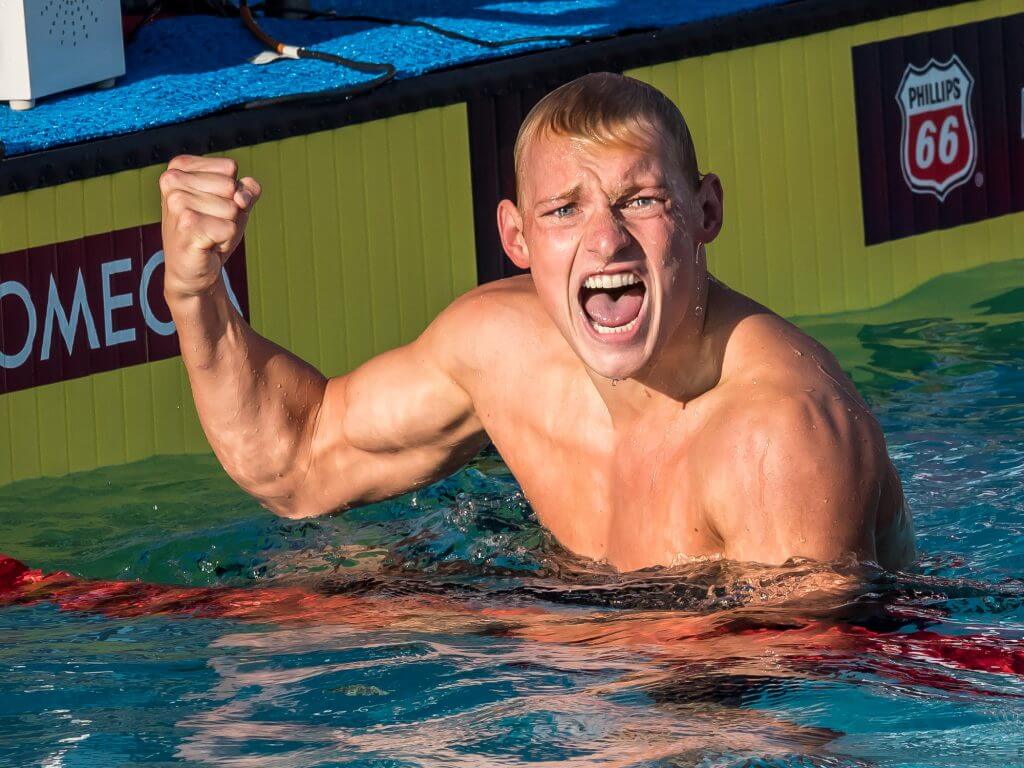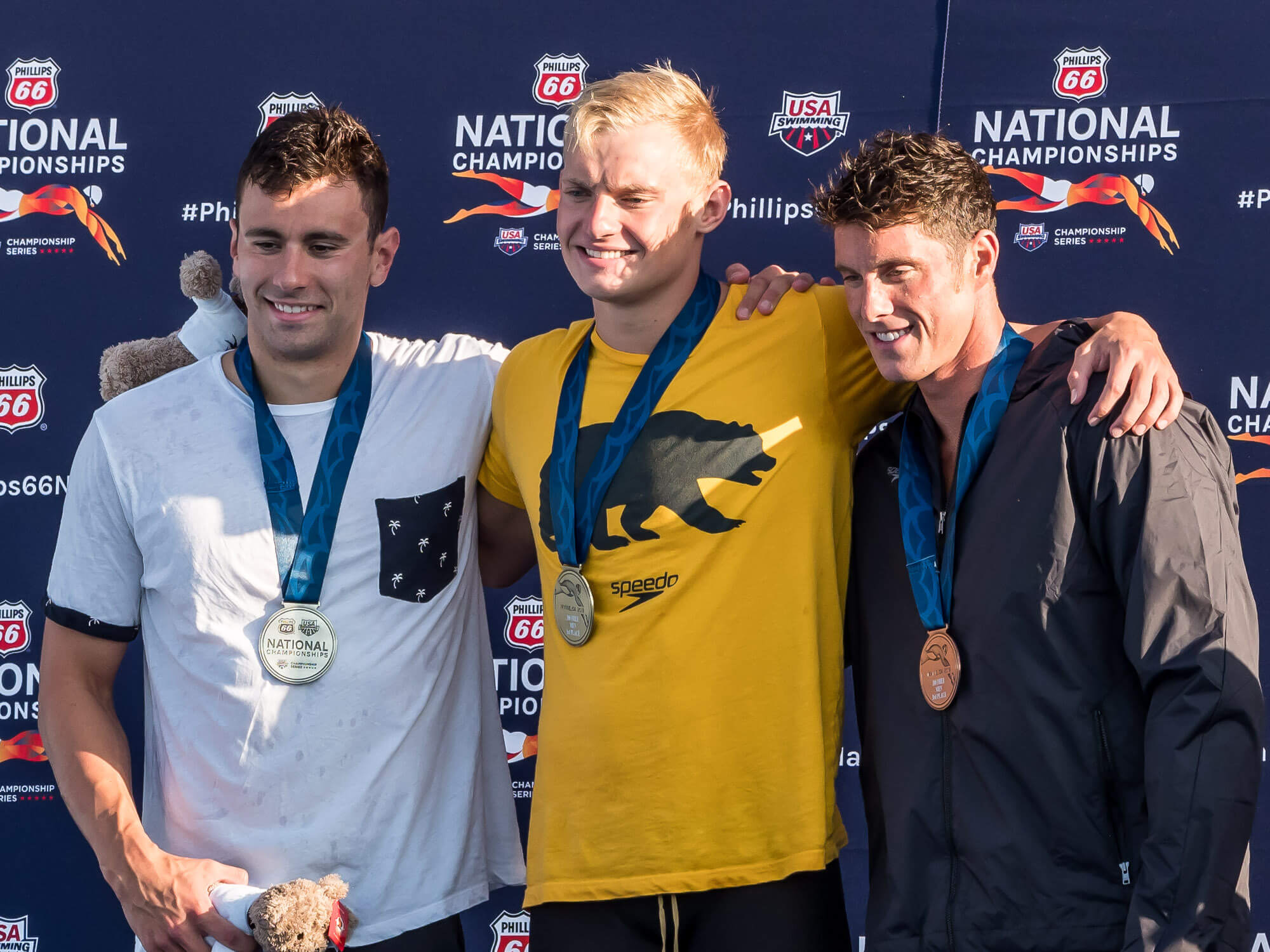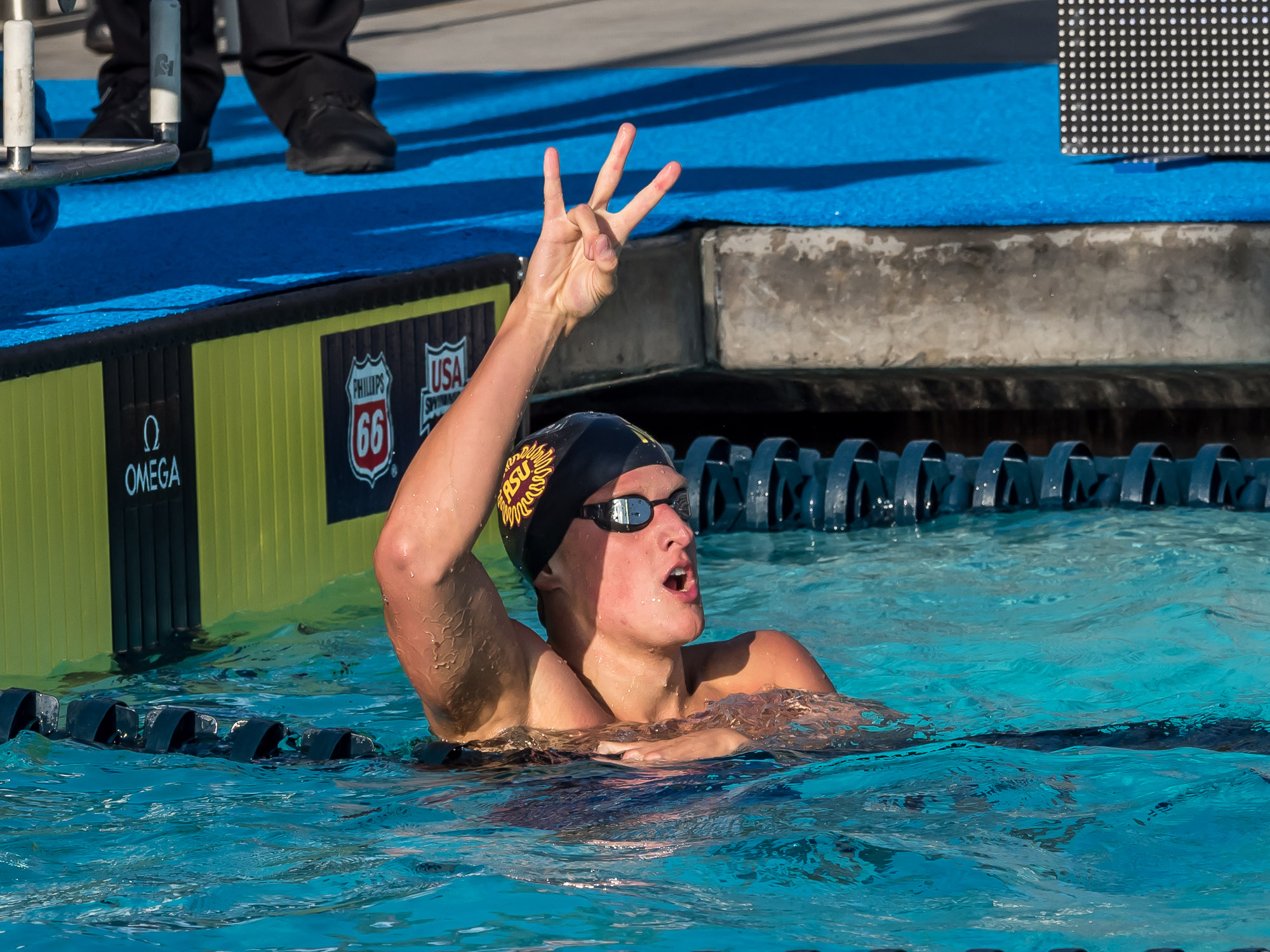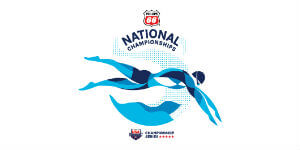Andrew Seliskar Leading American Resurgence in Men’s 200 Free

Editorial content for the USA Swimming Summer Nationals coverage is sponsored by TritonWear. Visit TritonWear.com for more information on our sponsor. For full Swimming World coverage, check event coverage page.
By David Rieder.
Among eight relays contested at the 2017 FINA World Championships, the United States took gold in seven of them—all except the men’s 4×200 free. With mainstays Michael Phelps and Ryan Lochte gone and fellow veteran Conor Dwyer off his top form, the American team could not hold off Great Britain’s James Guy and Russia’s Aleksandr Krasnykh on the anchor leg and ended up with bronze.
Fast forward 12 months, and it wasn’t clear what sort of squad the Americans would field in the event, at least behind World Champs silver medalist Townley Haas and Blake Pieroni, the first man to break 1:30 in the 200-yard event.
What could Jack Conger, occasionally spectacular (1:45.37 relay split last year) but often inconsistent (16th in prelims at 2017 Nationals), put together? How about Zane Grothe, a 1:46-swimmer thrust into emergency anchor duty on the Worlds relay last year? And then there was Dwyer, who won Olympic bronze in the 200 free in 2016, could only manage a 1:47.25 in the event in 2017 and hardly competed before Nationals in 2018?

Pieroni, Seliskar and Dwyer (L to R) — Photo Courtesy: Peter H. Bick
Further off the radar was Andrew Seliskar, who swam typically IM and breaststroke and butterfly and didn’t compete at Nationals in 2017 while dealing with injuries. His freestyle résumé before this summer? A 1:31.28 in the 200-yard free as a relay leadoff at the NCAA championships.
But then in June, at his first long course meet, the TYR Pro Swim Series in Santa Clara, Seliskar won the 200 free in 1:48.35, beating a field that included Haas, Grothe and Conger. Okay, not bad. Leaving Santa Clara, Seliskar looked like a strong relay possibility going forward.
Now, he’s national champion. In a meet already big on surprises over the first two days, this one was the most unlikely of all. Justin Wright might not have been anyone’s pick to win the 200 fly, but he took advantage of a slower-than-expected heat to post a breakout swim in an event where he’s long been solid. Seliskar, before June, was not a freestyler.
Well, he is now. And at 1:45.70, he’s the third-fastest swimmer in the world this year.
“My freestyle has been progressing a lot ever since I got to Cal,” Seliskar said. “The way I was training, the way I was moving, I felt I might have a 1:45 in me. I talked to (Cal coach) Dave (Durden) about it, and we both agreed it was a good thing to do on this day of the meet. I was happy to be able to put it together.”
Durden, who also coached the U.S. men at last summer’s World Championships, spoke earlier this year about a potential opportunity for athletes in the 200 free, particularly after the relay loss in Budapest and a 2017 Nationals final which saw only three men go under 1:47.
“I think we have a large group of athletes that see that as an opportunity, and I hope that they look at it as an opportunity to help Team USA win a gold medal,” Durden said. “I hope that young swimmers don’t think, ‘That’s my ticket to the Olympic team.’ I hope we’re not thinking that way. I hope they look at it and say, ‘You know what? I can impact that relay to win a gold medal.’”
Maybe Durden knew then that he was referring to a swimmer in his own pool.
So now, this is the U.S. 4×200 free relay heading to Pan Pacs: Seliskar at 1:45.70, Pieroni at 1:45.93, Dwyer at 1:46.08 and Haas at 1:46.15. Haas should have a bit more in the tank, with his lifetime best of 1:45.03 from last year, and should Conger make his way onto the Pan Pacs team, he’s capable of throwing down strong relay splits, as he showed in Budapest last year.
Looking ahead to next year’s World Championships, fifth-place-finishing teenager Jack LeVant should be on the team as a relay alternate. The soon-to-be Stanford swimmer has showed huge improvement this year, lowering his best time from 1:48.70 to 1:46.36, and it’s not unreasonable to expect another drop before he makes his senior U.S. team debut next summer in Gwangju, South Korea.

Grant House — Photo Courtesy: Peter H. Bick
Also getting under 1:47, albeit in the B-final, was Grant House. The Ohio-native and Arizona State sophomore-to-be came into the year with a lifetime best of 1:49.53 before swimming a 1:49.13 at the TYR Pro Swim Series in Columbus earlier this month. In prelims, House dropped down to a 1:48.20 to qualify 16th. At night, he stormed to a win with a monster 1:46.95.
In total, between prelims and finals, 17 different men swam under 1:48 in Irvine—the entire A and B-finals, plus Dean Farris in the C-final. Not included in that total is Zach Apple, who swam in the 1:46.6-range in prelims but was disqualified for a false start. At last year’s Nationals, the number was nine.
Aside from LeVant, three of the other sub-1:48 swims were teenagers: Trey Freeman (1:47.70), Kieran Smith (1:47.72) and Drew Kibler (1:47.74). So yes, after a setback in 2017, the American outlook on the 4×200 free relay looks a little more secure going forward.





Congratulations